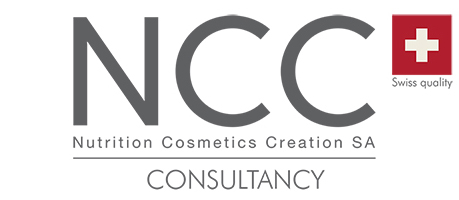News on non compliant products
Bad times for the AliExpress, Wish, eBay and Amazon marketplaces. Six consumer groups from BEUC (European Bureau of Consumer Unions) ordered 250 products to evaluate compliance. This study includes cosmetics, on these platforms. Non compliant products are not allowed to be sold.
Result: two thirds of purchases do not comply with European security legislation.
From January 2019 to January 2020, 6 of the 45 consumer associations constituting BEUC tested 18 types of products such as dolls, beauty products, etc. The results led BEUC to alert the public to the danger of online shopping.
For example, on the hygiene side, 70% of teeth whitening products did not meet the maximum oxygen peroxide level. The latter must be less than 0.1% for products intended for individuals. Their peroxide level was over 6%, the limit for products used in a dental office. Thus, it turns out that even dentists are not allowed to buy these dental whitening products.
This report confirms that we must support local producers. Even if it means putting a little more money into purchases, to better secure product safety.
Non-compliant products: full compliance is vital for all cosmetic products to enter on the European Market.
Under European Cosmetics Regulation 1223/2009, the manufacturer or distributor must ensure each product they have introduced to the market is fully compliant. This is not only with Regulation 1223/2009 but all other applicable regulations or directives. For this reason, those responsible should be aware of the consequences of non-compliance, and in the event of such an occurrence, how to deal with the situation.
Firstly, it’s important to be aware of the consequences of non-compliance. Though full compliance is a prerequisite to introducing a product to the EU market, sometimes non-compliant products can slip though the net. In the long run, the result can be overwhelmingly negative for both the manufacturer and the cosmetic product. Consequences of non-compliance for cosmetic products, other than damage to a manufacturer’s reputation and trustworthiness within the EU zone, can include:
- removal of the product from the EU market on a temporary/permanent basis,
- refusal of free movement for the product with the EU zone,
- product recall, and in some scenarios a blanket ban on the product within Europe or even destruction of the product.
There can also be many indirect knock-on effects of non-compliance, like fines associated with found cases of non-compliance, or warehousing and storage costs for non-compliant inventory. Thus, for example, non-compliant products found to be so by customs officials and duly turned away. In all cases, however, the most important consequence to be aware of is that a product found to be non-compliant must restart the compliance process.
To read also:



Hi, the Non compliant products is very good, congratulations to nccreation.ch’
authors.
I found a product that changed my life. You must see it: http://bit.ly/you-deserve-to-live-healthy-and-happy
Love yourself and be happy! 🙂 Kisses!
Thanks for your comment Kathaleen